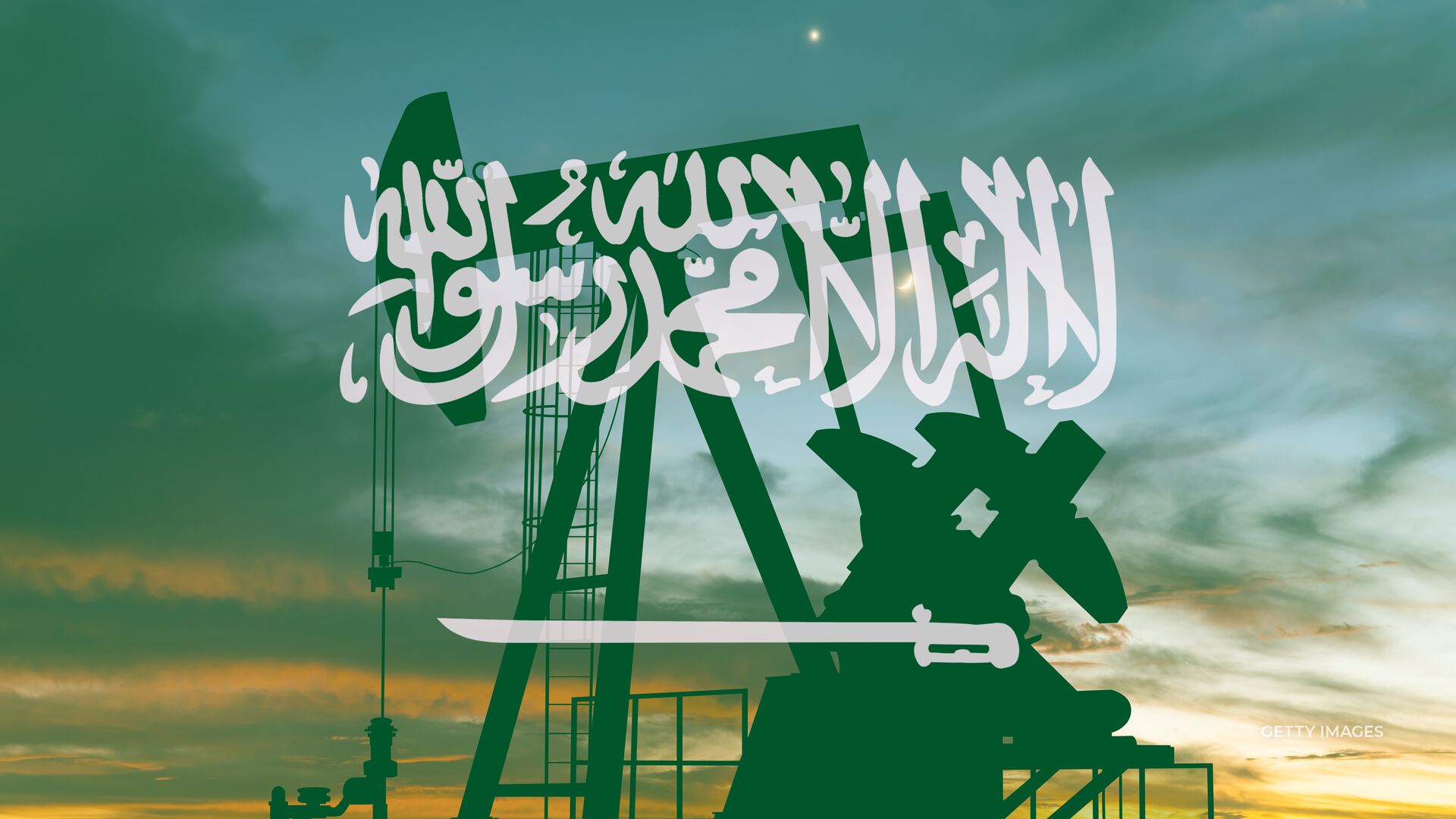
Small oil producers undermine OPEC’s crude-cutting efforts to keep prices high
Media Landscape
See how news outlets across the political spectrum are covering this story. Learn moreLAST WEEK — A GROUP OF MAJOR OIL PRODUCING COUNTRIES LED BY SAUDI ARABIA ANNOUNCED THEIR LATEST CUT TO CRUDE PRODUCTION.
AMERICANS ARE ALREADY FEELING THE CUTS AT THE PUMP — WITH THE NATIONAL AVERAGE FOR A GALLON OF REGULAR GASOLINE JUMPING 10 CENTS PER GALLON SINCE THE ANNOUNCEMENT.
“Look, we don’t think that production cuts are advisable at this moment, given the market uncertainty. And we made that clear. But I tell you, we’re focused on moving ahead here on prices for American consumers, not barrels.”
HOWEVER — THIS LATEST ROUND OF CUTS MAY NOT HURT AS MUCH AS PREVIOUS CUTS.
THAT’S THANKS TO WHAT IS BEING DESCRIBED AS A BURST IN SUPPLY FROM OTHER — SMALLER OIL PRODUCING COUNTRIES.
THESE COUNTRIES INCLUDE NIGERIA — KAZAKHSTAN — IRAN — NORWAY — BRAZIL — AND GUYANA.
IRAN AND NIGERIA ARE BOTH MEMBERS OF OPEC — WHICH ANNOUNCED ITS OWN CRUDE PRODUCTION CUTS LAST OCTOBER.
THIS GRAPH SHOWS THE CHANGE IN DAILY CRUDE PRODUCTION FROM LAST SEPTEMBER TO THIS PAST SEPTEMBER.
AS YOU CAN SEE — NIGERIA HAS SEEN THE BIGGEST INCREASE — PRODUCING 350-THOUSAND MORE BARRELS PER DAY IN FEBRUARY THAN SEPTEMBER.
NIGERIA — KAZAKHSTAN — IRAN — NORWAY AND BRAZIL HAVE ALL INCREASED THEIR DAILY CRUDE PRODUCTION BY MORE THAN THE U-S DID OVER THE SAME TIMEFRAME.
THE COUNTRIES — LOOKING TO BALANCE MAJOR CUTS FROM SAUDI ARABIA AND THE UNITED ARAB EMIRATES.
AFTER LAST OCTOBER’S OPEC CUTS WERE ANNOUNCED — GOLDMAN SACHS BUMPED ITS BRENT CRUDE FORECAST FOR THE FIRST QUARTER OF 20-23 TO 115 DOLLARS A BARREL.
INSTEAD — MOST-ACTIVE BRENT FUTURES AVERAGED 82 DOLLARS A BARREL IN Q-1 — AND SLID TO A CLOSING LOW OF LESS THAN 73 DOLLARS A BARREL IN MID-MARCH.








